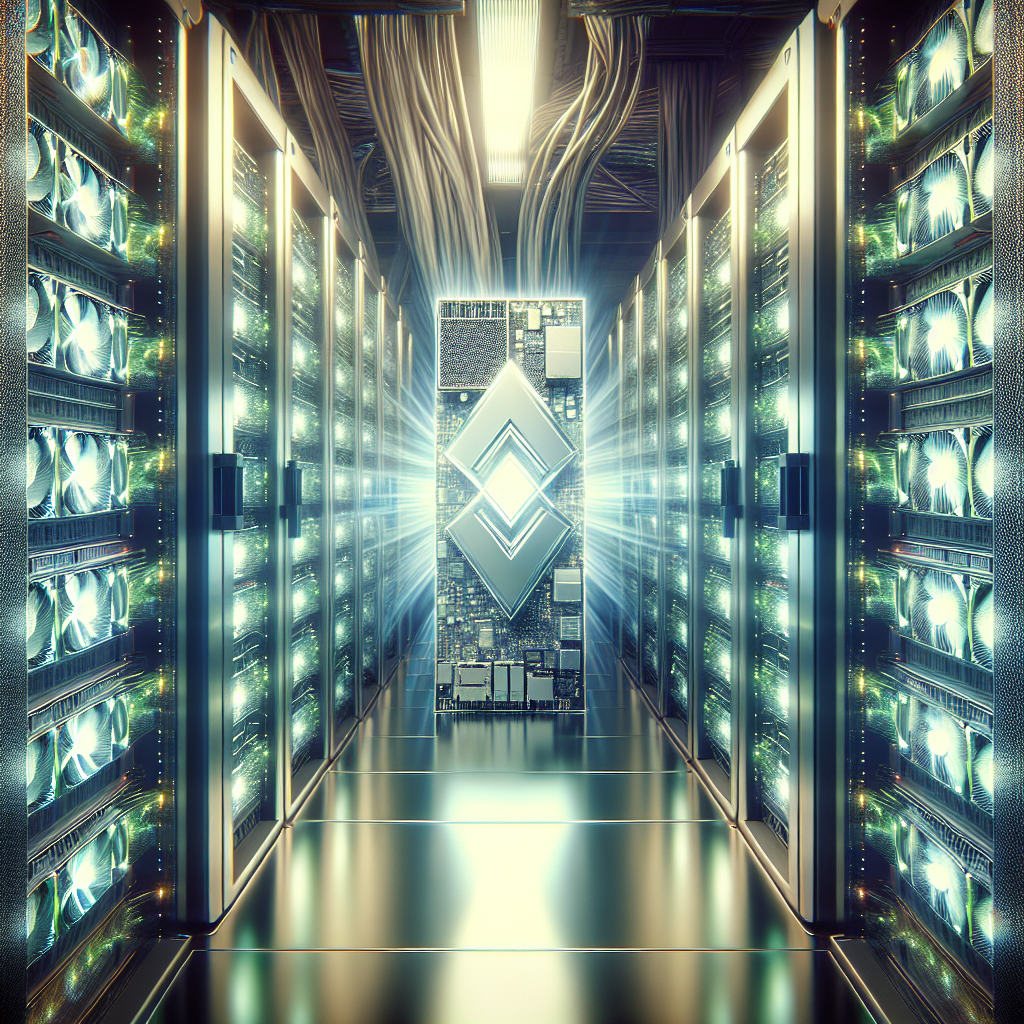Reviving the Role of GPUs in Cryptocurrency Mining and Beyond
Cryptocurrency Mining ASIC, Blockchain, Cryptocurrency, GPU MiningAlthough they lag behind ASICs in speed, GPUs can still be utilized for token mining. To discover more about the evolving role of GPUs in the blockchain domain and their potential resurgence, continue reading.
Amidst the competitive landscape of cryptocurrency mining, Bitcoin emerged in 2009 as the first public proof-of-work (PoW) digital currency. Initially, enthusiasts could mine using just CPUs from their home computers. As the process grew fiercely competitive, faster GPUs replaced CPUs. Eventually, dedicated machines with clusters of GPUs were developed specifically for mining and they, in turn, gave way to the much quicker and power-consuming ASICs.
A graphics processing unit, or GPU, serves a crucial role in rendering digital content within a computer system. Unlike central processing units, GPU’s distinct capabilities in executing certain operations made it more advantageous for blockchain mining. However, with today’s cutting-edge hardware pushing the limits of speed, mining with GPUs has almost become a thing of the past. Although still feasible, GPU mining lacks the competitiveness and profitability offered by purpose-built ASIC mining rigs.
Initially, cryptocurrency miners relied solely on CPUs within their home computers. But because CPUs fall short in generating the sheer volume of hashes per second that GPUs can manage, mining programs were eventually revamped to leverage GPU capabilities instead.
The introduction of GPU-based mining brought the advantage of handling simple instructions in parallel across multiple cores, making them significantly more efficient than CPUs. The abundant Arithmetic Logic Units (ALU) within GPUs take charge of mathematical computations, which are the heart of hashing tasks. Thanks to ALUs, more cores, and the ability to efficiently perform parallel and single-task operations, GPUs surpass CPUs in hash generation, boosting crypto mining outcomes.
Fast Fact
While CPUs boast higher megahertz speeds and excel at general computing tasks, they aren’t as effective as GPUs for specialized functions like hashing.
The simplicity of mining comes from attempting permutations by tweaking just one field repeatedly.
Central to every standard computer is its Central Processing Unit (CPU), which governs the computer’s operations according to the installed operating system and software logic. Typical tasks, such as file saving, spreadsheet printing, or executing non-graphic specific operations, are managed by the CPU—except when an integrated GPU assists. However, integrated GPUs offer less power compared to standalone GPUs.
Meanwhile, the GPU is focused on rendering 3D graphics and managing numerous operations per cycle. Its primary duty lies in the efficient rendering of visual effects and three-dimensional graphics, freeing the CPU to handle other tasks. This makes GPUs ideal for graphics-heavy assignments like video editing, gaming displays, and decoding and rendering 3D visuals and animations.
Think of it this way: In a business model, the CPU acts as the manager, orchestrating and coordinating tasks across the entire organization, while the GPU plays the role of a specialized employee in a specific department, such as video-rendering functions.
GPUs could still have relevance in blockchain activities. As blockchain technology intertwines with artificial intelligence (AI) and machine learning (ML), GPUs’ adeptness at handling AI/ML-required data and tasks becomes apparent. For instance, in collaboration with IPwe, IBM has developed an AI-empowered blockchain to globally track and secure patents. This method allows companies and individuals to confirm and maintain ownership of their intellectual property while enhancing its market liquidity.
As the design of GPUs increasingly caters to AI workloads, it’s expected that more applications will emerge combining blockchain, AI, and GPUs—paving the way for them to regain significance in blockchain solutions.
Is GPU Mining Still Profitable?
For popular and profitable minable tokens, GPU mining is largely obsolete due to ASICs’ dominance, regardless of any efforts by developers.
Is Mining Good for Your GPU?
Mining constantly, 24/7, puts a GPU under perpetual stress, leading to its gradual wear and tear. Even if well-cooled, it will likely last just a few years. Conversely, mining sporadically for mere hours daily, coupled with proper cooling, keeps your GPU in good condition for years, depending on alternative uses. Ultimately, GPU mining’s profitability is questionable, rendering it mostly a hobby.
How Much Does GPU Mining Pay?
Earnings from GPU mining hinge on your GPU type, the mining pool you join, and its payout system. Even with a multiple GPU setup, significant earnings beyond a few dollars daily remain unlikely.
GPUs once mined Bitcoin and several other cryptocurrencies by validating transactions and suggesting new blocks through a reward system. However, as the focus shifted towards maximizing profits, ASICs eventually supplanted GPUs, overshadowing the original vision of an open-source, public payment network.
